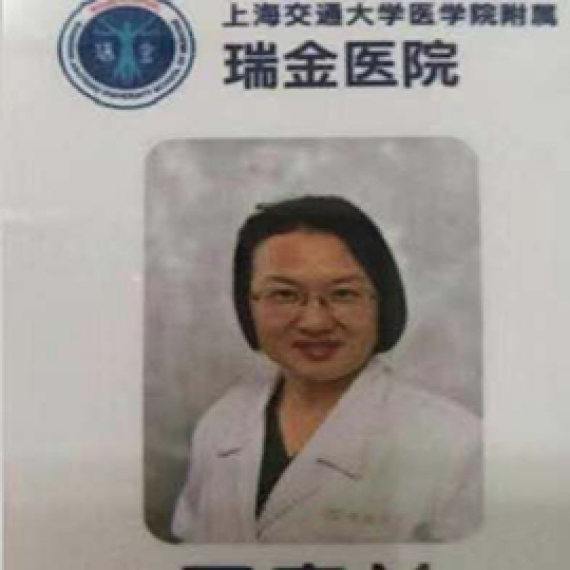护理学本科毕业,上海交通大学医学院附属瑞金医院烧伤科总带教、创面修复中心护理组长、创面治疗师、中国创面修复专科建设“1239”三年行动计划专家委员会委员。
王春兰
Latest from 伤口世界
- Facial Contrast Is a Cross-Cultural Cue for Perceiving Age
- Novel Rotational Combination Regimen of Skin Topicals Improves Facial Photoaging: Efficacy Demonstrated in Double-Blinded Clinical Trials and Laboratory Validation
- Senescent T Cell Induces Brown Adipose Tissue “Whitening” Via Secreting IFN-γ
- FGIN-1-27 Inhibits Melanogenesis by Regulating Protein Kinase A/cAMP-Responsive Element-Binding, Protein Kinase C-β, and Mitogen-Activated Protein Kinase Pathways
- The biochemistry of melanogenesis: an insight into the function and mechanism of melanogenesis-related proteins

